Handling our differences: Is critical thinking the answer?
Sep 12, 2022
9 mins
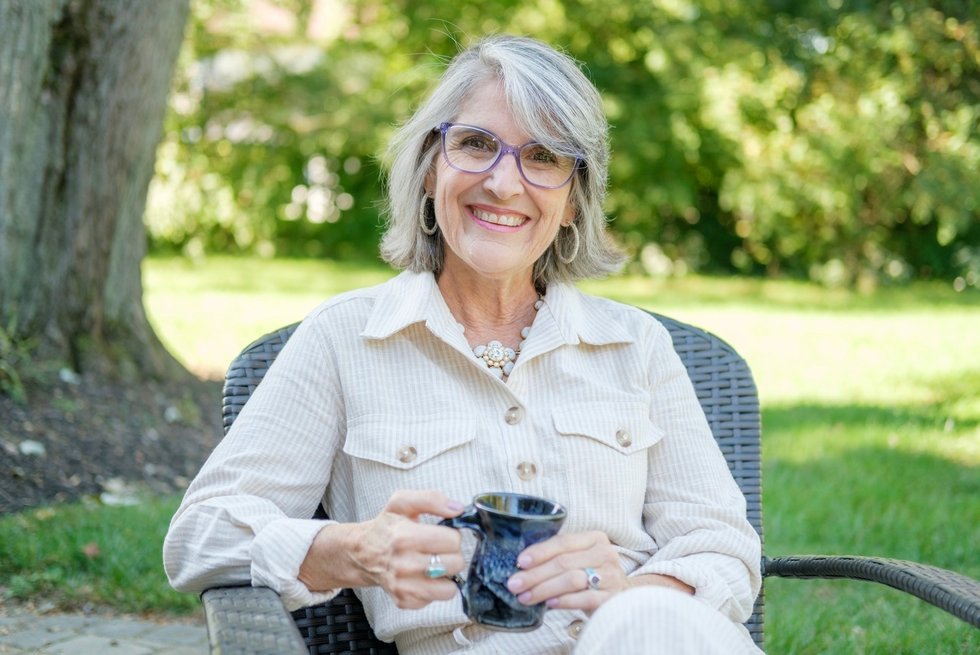
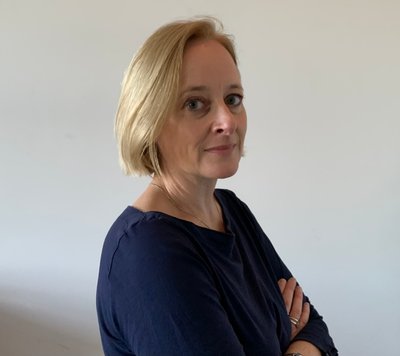
US-based freelance journalist.
Julie Bogart knows a thing or two about education. The author of The Brave Learner homeschooled her five now grown-up children for 17 years and she runs a successful online program called Brave Writer, which helps other homeschooling parents and guardians teach their kids to express themselves through writing. Her new book Raising Critical Thinkers is a practical guide to help teach children to evaluate and acknowledge the world through reading, experiencing and encountering differences. The book also offers nuggets on how to navigate our Insta-digitized society, with topics ranging from how to deal with online trolls, to conspiracy theories and misinformation. In this interview, Bogart also gives some advice for the world of work and explains the importance of dissent.
What is critical thinking?
It’s about being able to look at the ideas that are offered from other people and make meaningful judgments about them – not simply reacting out of defensiveness. It means reading and processing information, while simultaneously evaluating the arguments or the ideas put forward by others. What I tried to do in this book is to help us learn the self-awareness skills that enable us to both recognize and set aside some of that bias, or our natural world view, or perspective, or community identity and loyalty.
Why is critical thinking important?
Most of the polarization in our culture is based on this inability to notice the way that other people’s ideas and thoughts impact us personally. When we end up polarized, what we’re doing is protecting a way of life that feels beautiful to us – to me, to my family – and we end up supporting and aligning with people who keep us feeling safe. We tend to challenge and overrule the viewpoints of those who feel threatening. Critical thinking is the capacity to hold multiple views simultaneously, without rendering immediate verdicts and being able to recognize that another person, another community, another point of view, has value for the people who hold it, even when those views are sometimes somewhat diabolical, or seem immoral. Critical thinking is not necessarily about building empathy. Sometimes the more that you understand someone else’s viewpoint, the more horrified you become. If we examine, for instance, the thinking of middle-class German churchgoers who joined the Nazi party, these are not diabolical people. They were people that many in my category – white Americans – might even identify with. But the problem is, they were able to be drawn into a worldview that was really immoral. We would all categorically say genocide is not a good solution to a problem and yet they were led into the belief. So critical thinking is being able to identify where those factors are that sometimes make us blind even to our own poor judgment.
What’s the practical benefit of raising critical thinkers?
The practical benefit, first, is giving agency to individual people. The temptation for all of us is to align ourselves with a community. This is built into our biology. We’re looking for safety and protection within a community and we nominate leaders in our communities, whether that’s a politician, a member of the clergy, a school teacher or parent. In a family, you’ve got children who are being trained to obey parents – and this trains kids to default to the leadership of an authority over the ability to be self-aware and critical of ideas that come their direction. I like to tell parents the number one value outside of communicating love, nourishment and nurturing, is dissent. We spend a lot of energy trying to thwart dissent. We tell kids you have to wash your hands “because I said so,” or you have to wash your hands “because science says so,” or you have to wash your hands “because your doctor says so.” But we don’t actually give our kids meaningful experiences with collecting their own data, doing their own research, examining their own experiences and rendering even a temporary verdict that is different from yours.
Are kids in school and young adults in university being taught not how to think but what to think?
I do feel like that is happening. I taught at university level for a while and one of the things I noticed is that adults feel like they have a shortcut to offer children or young adults. The attitude is, “I’ve got 20 years on you. I’ve done more thinking than you. I’ll just save you that middle step and you’re gonna write a paper that shows that you understood the conclusion I drew from the resources I gave you. And I’ll call that learning.” What I tried to do in this book, and what I think makes this book a little bit unique, is I talk about critical thinking related to every subject under the sun. It’s not just hot issues like communism versus capitalism, or what to think about racism. We’re talking about how you use your critical thinking faculties to evaluate words used in grammar, when approaching a math problem or a scientific issue you don’t know how to understand.
Is this also what we’re seeing elsewhere, in the media and social media where opinion is even more divided?
The question is how do we evaluate data that is shouted out online, and metrics and statistics coming from organizations we’re supposed to trust. Polarization is an attempt to create a shortcut that says: “Here’s a group of experts, they’ve done all the work for you, there’s too much for you to process on your own.” People think, “I will never be a medical expert, I’ll never be a scientific expert, so how do I know if climate change is real? I know, I’ll go to my group and I’ll just use their trusted experts. Then I’ll also look at the group of not-trusted experts that are on the other side and now I know who to align with and where to get my ideas.” That’s where polarization comes from. It’s this sort of recognition that I don’t have enough expertise on my own. So I’m going to subscribe to the cable package of beliefs and experts that my group has already pre-approved for me.
What would be the impact of raising a generation of critical thinkers on the world of work and the employees of tomorrow?
To me the biggest value missing in most workplaces, families and schools is dissent. We see dissent as bad, meaning you’re a bad student. We see dissent as meaning you are a disruptive employee. We see dissent as meaning you’re a disobedient child. This sense, however, is the beginning of saying there’s more to this story than I’ve been given and I have a legitimate reason for reconsidering what you’re telling me.
What I like to tell parents [is this]: if in reaction to a statement like, “We believe in equal rights,” somebody comes back and says, “Well, why should women get equal pay? I don’t agree with that,” that feels offensive [and] we want to corral them right back into the right thinking. But [let’s consider] what would happen if we actually valued that statement and said, “Tell me more.” What if that child came back and said, “My dad has a big company and he loses women when they’re out pregnant and having babies and I think it’s unfair to the bottom line.” Now instead of just shaming the child for not having an equal-rights mentality, could we not expand to include solutions that account for this difference, instead of pretending the difference doesn’t exist.
The only strategy we have right now is conversion: “I’m right, you’re wrong. I’m going to get you to convert to my side.” Obviously that doesn’t work, look at the Crusades and the Spanish Inquisition. Conversion is a terrible strategy, you cannot get enough people to convert. What we can do is expand to include.
From a business point of view, do workplaces need to change to allow the time, effort and resources needed to accommodate critical thinkers?
One of the challenges we face is that the ideology of the business space is that money is the highest priority, because that’s what enables a business to continue. I own a business so I’m not speaking from theory. What I know about dissent, is that if you do not welcome it, you only drive it underground. It doesn’t go away. It shows up at the water cooler, in emails, in disruptions during one-on-one staff meetings that you don’t know about if you’re the boss. It creates disruption, low morale and a company culture of hiding things that are important to consider.
What are the advantages of having critical thinkers in a workplace?
I know what they are because I have such an effective critical thinking team on staff. The output of the work is high quality. We go at a much slower pace. We dive into the pedagogy, we do the research, we experiment with forms, and then we test it with our audience. We build it slowly over time so that the quality of the product matches what we promised our audience.
For us, critical thinking means caring about each of those steps but what it has produced is a culture of staff members who are deeply invested in what they do. So I think it depends on the values of your company. For us, high-quality work is our top value and some critical thinking is essential to that.
Do you think the Great Resignation could be a result of dissent being suppressed inside companies?
Absolutely. During the pandemic, when we all went home to work, people discovered what it felt like to throw on a load of laundry and go back to the computer, to go get their lunch out of the refrigerator and watch a sitcom for half an hour on their break, to answer the phone call from their mother at the nursing home when they wanted to talk to her without feeling like they’re going to get in trouble for doing that in an office. They experienced a level of self-nurturing and, weirdly, productivity didn’t go down.
The Great Resignation is saying, “No, I will not go back to a life that did not serve me. I can do good work, but I’m not doing it that way anymore.” Will corporations hear that and adjust? I don’t know. When you have an entire category of human beings saying “No, that doesn’t work for me,” the only option is not conversion. Account for what you’re saying, get creative, problem-solve. Your boss can say “I hear you, I also have these needs, how can we problem-solve to include both of us?” That’s important.
Are there other aspects of the US labor ethos that stand in the way of workers thinking critically?
The number one way is that pay is so tied to productivity based on standards that the company creates for the employee. I think collaboration, a sense of honoring and offering dignity to the worker, no matter what level they are in the company [is essential]. If you want [to get] your best work, you need to validate that the work is essential, it’s not throw-away, it doesn’t mean they’re on a lower rung – right down to janitors. They are essential to your workforce. I think we have this way of thinking “Well, the less you make, the less essential [you are].” Ironically, the people who get paid the least often have the most interface with customers. So they’d better be happy if you want to keep your customers.
Will being time-poor stop this generation of working parents and guardians from raising critical thinkers?
I hope not. When I wrote this book, The Brave Learner, I was presented with a key challenge: how can someone raise a critical thinker if they themselves are not yet aware of what critical thinking [is]. Nobody holds a view that they recognize themselves as irrational. You make sense based on your education, your background, your experience, your socio-economics [and] where you were born. All of us are logical beings, so we all think that we are examining information from a completely sound logical place. What I tried to do in this book is illuminate what critical thinking is and feels like in your body, how it helps you recognize the places where you’re actually catering to a worldview perspective that has not been vetted.
The book has two levels. It’s helping you to be more effective in your own thinking so that you can live that way with your kids. It doesn’t require extra effort, if you already live it. When your kid is watching a TV documentary and comes and tells you something that the documentary said, then you come back and say, “Who said that? Do you remember who said that? What do you think informed that view? Who’s being excluded from that comment, is there anyone that they’re not accounting for?” Having those questions and that thinking process will do it naturally with your children. It’s not like sitting down at the table with a curriculum.
How does an adult become a critical thinker and how do you know for sure that you are one?
The biggest piece here is humility. All of us are going to be guided by those internal forces that are just beneath our consciousness, that sort of subconscious motive to have the world look the way I need it to be so I feel wonderful. One of the things I suggest in the book is to expand the sources of your inputs. Have encounters and meet people who are different from you, talk to them about their lives. That’s where we start and the only way to grow in critical thinking is to expand to include more information and particularly that which makes you uncomfortable. It’s not easy, so go slow to go fast. You don’t have to become a critical thinker overnight. The goal is not to win a prize. It’s just to introduce a little bit of awareness each day, once in a while.
You can’t always follow the dissent because you’ve got to get the product finished or you’ve got to raise the child that day. But every now and then, go down the rabbit hole. When you encounter one Facebook post that drives you crazy and makes you feel smug: see it differently, imagine it from the viewpoint of the person who shared it, try and take inside how it is for them. You don’t have to agree. You don’t even have to change your viewpoint. But imagine the logical coherence and what’s at stake for the other person.
Photo: Julie Bogart
Follow Welcome to the Jungle on Facebook on LinkedIn and on Instagram and subscribe to our newsletter to get our latest articles every day!

More inspiration: Inspiring profiles
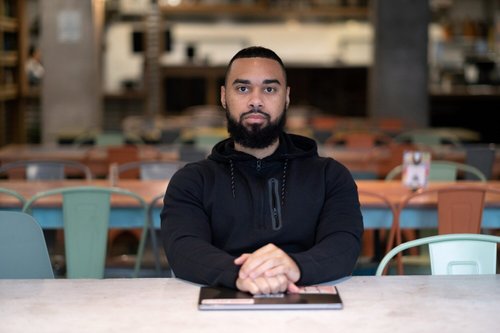
Be real, get ahead: The power of authenticity in your career
Pabel Martinez shares insights on how to allow yourself to be yourself, find your voice, and deconstruct stereotypes at work.
Apr 25, 2024
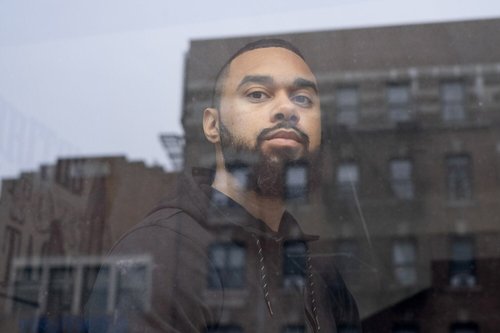
The professionalism paradox: Navigating bias and authenticity with Pabel Martinez
Pabel Martinez challenges the conventional norms of professionalism by unraveling the complexities of workplace discrimination.
Mar 11, 2024
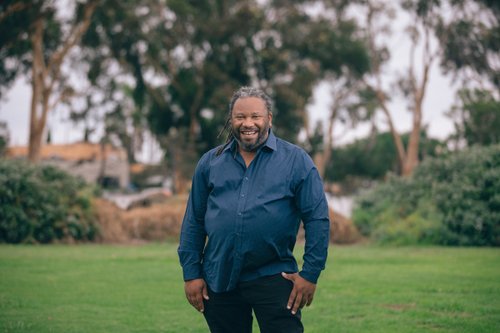
How play can make you happy, creative and productive at work
Work-life balance usually means separating work and play, but it might be a better marriage than you think...
Nov 07, 2023
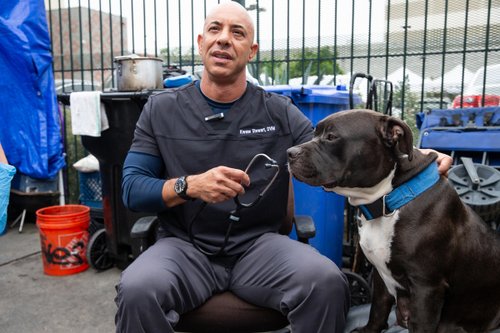
Project Street Vet: Caring for the unseen paws of Skid Row
Providing vet-to-pet care in some of California's largest homeless communities, Dr. Kwane Stewart shares the ups and downs of his remarkable work.
Aug 29, 2023
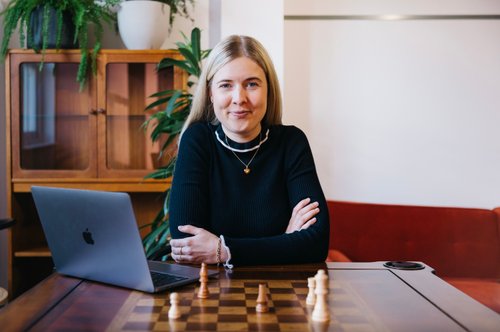
Girls learn how to have fun – and funds – by investing
A Danish trio is fighting gender inequality... on the stock market. We had a chat with one of the co-authors of the book Girls Just wanna Have Funds
Jan 30, 2023
The newsletter that does the job
Want to keep up with the latest articles? Twice a week you can receive stories, jobs, and tips in your inbox.

Looking for your next job?
Over 200,000 people have found a job with Welcome to the Jungle.
Explore jobs